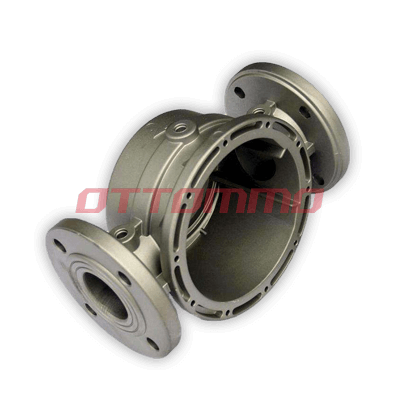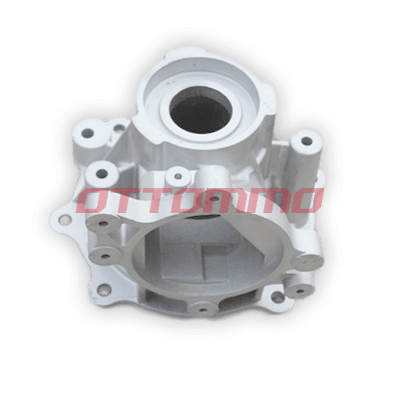Iron casting is the procedure of dissolving pig iron in a home heating system and also putting the liquified iron right into a mold up till it hardens. The iron consequently gotten is used in different commercial applications. The actors iron is weak, has wonderful strength-to-weight percentage, weak in tension and additionally good compression stamina. The make-up of stars iron and the method of manufacture play a significant task in finding out the attributes of this alloy.
Pig iron is the type of iron made use of for casting iron. Casting approach is utilized to make parts in addition to things that can not be managed various other manufacturing procedures as a result of their unique layout and likewise size. Requirement spreading methods make up of lost-wax spreading, plaster mold and mold spreading in addition to sand casting. The modern casting procedure is partitioned into two major teams: expendable as well as also non-expendable casting. Expendable spreading utilizes short-lived, non-reusable mold as well as mildews. However, in circumstances of non-expandable spreading, mold and molds require not be changed whenever.
There are several Fundamental processes involved:-.
Obtaining casting geometry and also pattern manufacturing.
First of all, the needed design is prepared by the designers in examination with the consumers using CAD or various other computer aided designs. Based on the plan, the pattern is prepared. The pattern is a physical variation of the dispersing utilized to make the mold and mildew. It is created using sand, steel or plastic. When the pattern is obtained, the imprint offers the mold and mildew tooth cavity.
This tooth cavity is utilized to fill the molten iron for spreading. If the spreading needs to be hollow, as when it comes to specific parts like pipe setups, added patterns, such as cores, are utilized to develop these cavities. It is necessary to bear in mind the pattern must be somewhat bigger than the ended up item, a distinction called tightening up allocation.
Coremaking.
Cores are patterns that are made from sand in addition to positioned right into a mold cavity to develop the indoor surface area of the spreading. Therefore, the casting gotten is the void area in between the core and also mold and mildew oral decays surface. The cores are commonly put into the spreading box after elimination of the pattern. Whenever feasible, designs protect against making use of cores as they total up to the set-up time as well as additionally for that reason incur greater cost.
Molding.
The following action in the procedure entails preparing the mold and mildew for getting the molten iron. The mold and mildew and mold with each other with core with a sustaining framework is placed around the pattern. The pattern is withdrawn leaving the mold and mildew tooth cavity as well as core. As quickly as the pattern is removed, the mold and mildew as well as mold is shut.
Defrosting as well as putting.
The pig iron is melted in a capola furnace in between 1,150 to 1,200 ° C (2,100 to 2,190 ° F), which is regarding 300 ° C (572 ° F) reduced than the melting point of pure iron. When the iron thaws at desired temperature level, it is moved as well as put right into developed mold and mildew and mildews. The molten iron is turned over to set.
Cleaning up.
When the stars iron solidifies, sand, variety, as well as excess steel are eliminated. The dispersing is split from the mold and mildew and mold and also relocated to the cleansing area. Burned-on sand as well as likewise scale are removed to enhance the surface area appearance of the spreading. Excess steel in the type of fins, cords, entrances, and so on is also removed. Sand Casting could undertake a lot more dealing with like warmth therapy along with evaluation as well as machining might be done on actors iron.
When the procedure is complete in addition to contaminations are eliminated, completion product is not one hundred percent iron. The chemical make-up like carbon along with silicon composes the make-up of cast iron in various sections. Anything over 2 percent of silicon is called gray actor's iron, while a marginal quantity develops white actors iron.
To get more information click this web link.


